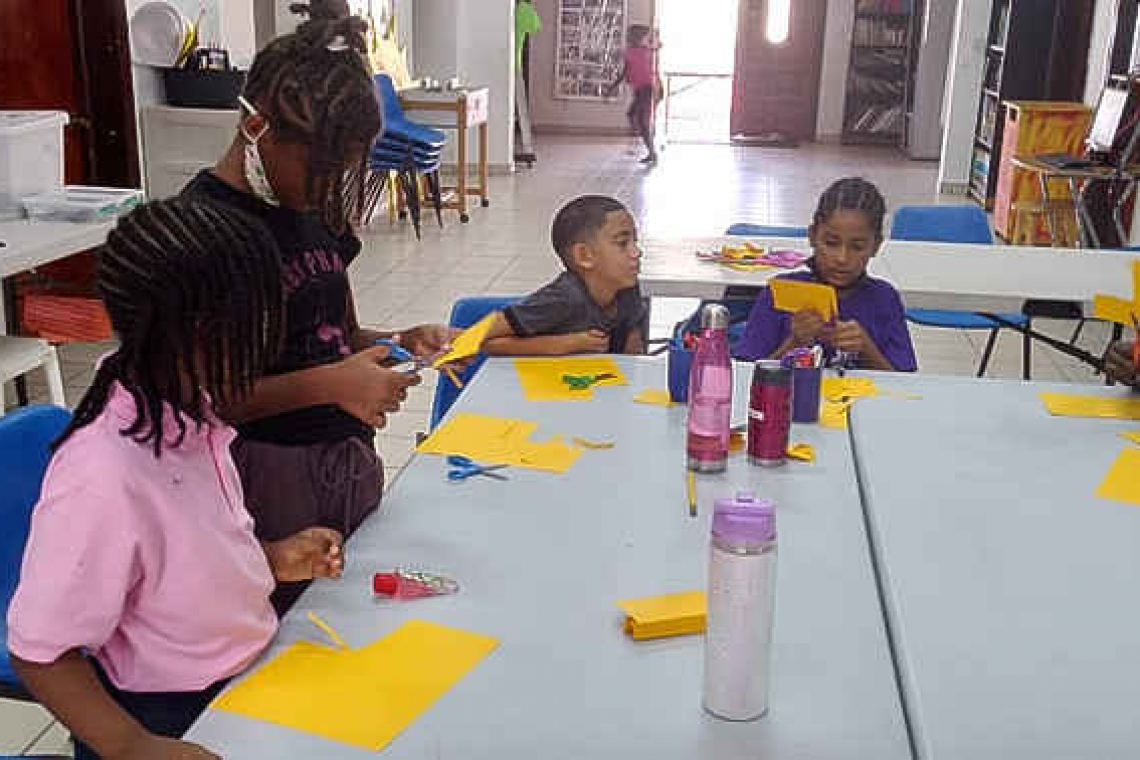So it began, so it has ended! The summer is over and school has begun. Don’t worry, parents, we understand if you give a sigh of relief. For many families, back to school looks different this year when compared to previous years. Your school will have new policies in place to prevent the spread of COVID-19.
Returning to school will also be a period of change and uncertainty for children and young people. They may have different start- and break-times; they may be kept in small groups; they may not be able to socialize with their friends or use school equipment and resources as before. They may have a different teacher and teaching assistants or be in a different classroom.
Schools can provide a familiar routine, a sense of community and something that is a secure and constant in children and young people’s lives. When this is disrupted, it can be very unsettling.
Whatever the situation, the following points are intended to help parents, guardians and caregivers plan and prepare for this new school year. It will be important for families to emphasize and model healthy behaviours at home and talk to their children about changes to expect this school year.
Even if your child will attend school in-person, it is important to prepare for the possibility of virtual learning if school closes or if your child becomes exposed to COVID-19 and needs to stay home.
Actions to take and points to consider:
-Check in with your child each morning for signs of illness. If your child has a temperature of 100.4 degrees Fahrenheit or higher, he or she should not go to school.
-Develop daily routines before and after school; for example, things to pack for school in the morning (like hand sanitizer and an additional [back up] mask) and things to do when you return home (like washing hands immediately and washing masks).
-Talk to your child about precautions to take at school. Children may be advised to wash and sanitize their hands more often; keep physical distance from other students; wear a mask; avoid sharing objects with other students, including water bottles, devices, writing instruments, and books; use hand sanitizer (that contains at least 60% alcohol).
-Make sure your information is current at school, including emergency contacts and individuals authorized to pick up your child(ren) from school.
-Be familiar with your school’s plan for how they will communicate with families when a positive case or exposure to someone with COVID-19 is identified and ensure student privacy is upheld.
-Plan for possible school closures or periods of quarantine.
-Plan for transportation: If your child rides a bus, plan for your child to wear a mask on the bus and talk to your child about the importance of following bus rules and any spaced seating rules.
-If carpooling, plan on every child in the carpool and the driver wearing masks for the entire trip.
-If your school uses the cohort model, consider finding families within your child’s group/cohort at school to be part of the carpool.
-Ask how your school plans to help ensure that students are following practices to reduce the spread of COVID-19.







